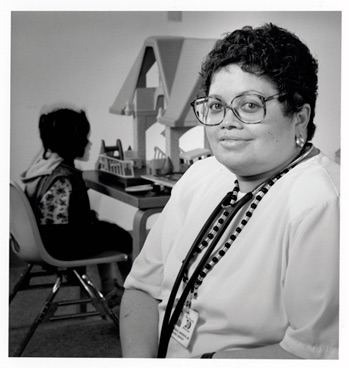“Unfinished business.”
That’s why pediatric cardiologist Brenda Armstrong said she came back to Duke for residency in 1975, almost a decade after her time as an undergraduate.
For Armstrong, that unfinished business was about “making Duke live up to the greatness that I knew it had the potential to have,” she said.
When she first arrived at Duke in 1966, Armstrong’s class was only the third at Duke to include African Americans.
A student activist, she helped organize the 1969 Allen Building Takeover, when roughly 60 Black students barricaded themselves inside the first floor of the building to protest the racial climate on campus.
Decades later she would become Associate Dean of Admissions for School of Medicine at Duke, where she helped recruit some of the best students of color in the country.
Born in 1949 in segregated Rocky Mount, North Carolina, Armstrong recalled that, growing up, African Americans were not allowed to use the town hospital. Though her father was a local physician, her pregnant mother was denied admission during labor and forced to deliver at home, and her baby brother suffered a stroke during birth.
“That moment is why I’m a physician,” she said. “It also was the defining moment for me about what disparities really were.”
She earned her medical degree at Saint Louis University School of Medicine, where she was the only Black woman student for three of her four years. Her graduation ceremony was interrupted by a bomb threat.
Armstrong was the second Black woman in the U.S. to become a board-certified pediatric cardiologist.
In 1996 she became Associate Dean of Admissions for School of Medicine, a position she would hold for more than twenty years.
She is credited with recruiting the most diverse classes in the school’s history.



